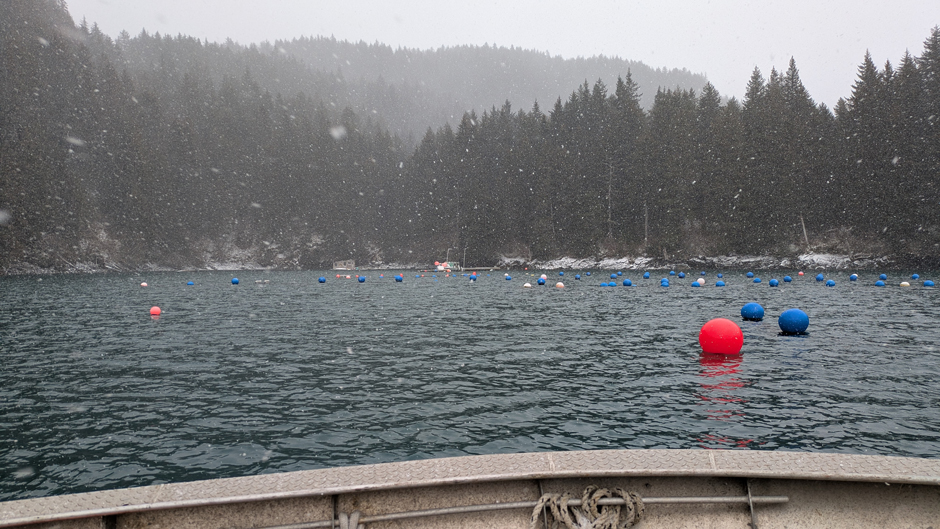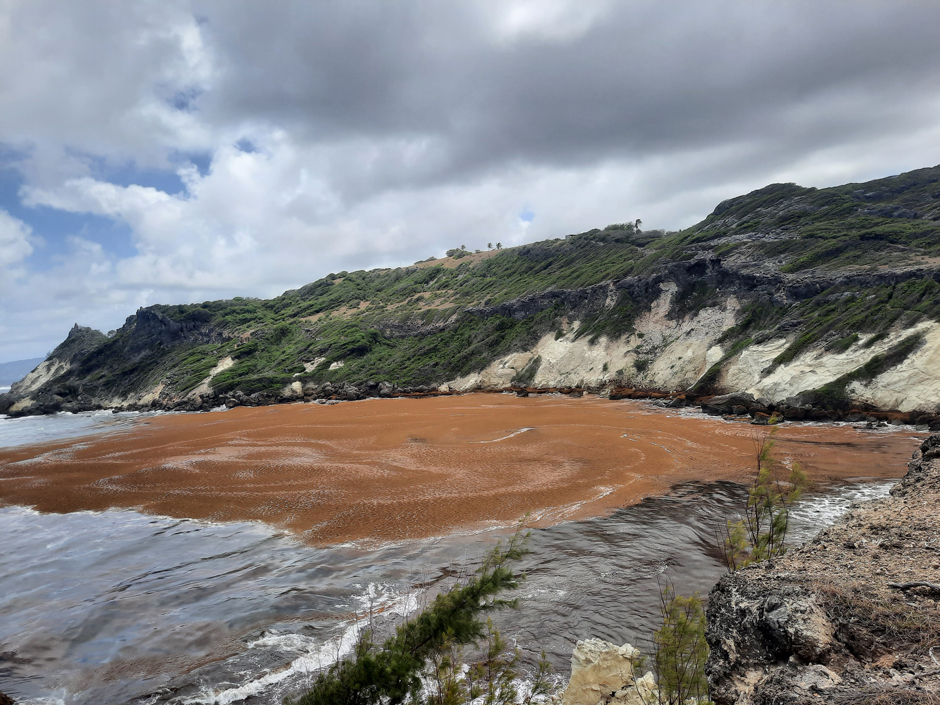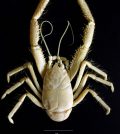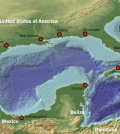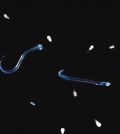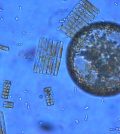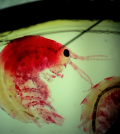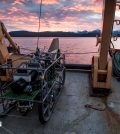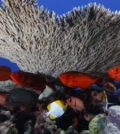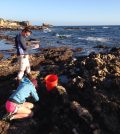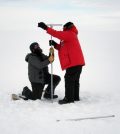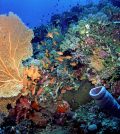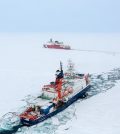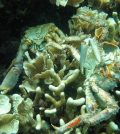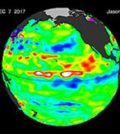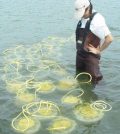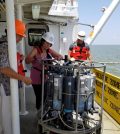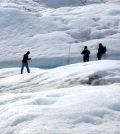Posts for tag "Oceans & Coasts"
Monitoring Mariculture in the Gulf of Alaska
The mariculture industry in the Gulf of Alaska has been steadily growing in recent years, guided by ongoing research to help refine farm location and cultivation practices. A subset of aquaculture, mariculture focuses on rearing organisms in...
- Posted May 5, 2025
Sargassum Surge: How Seaweed is Transforming our Oceans and Coastal Ecosystems
Until recently, Sargassum–a free-floating seaweed–was distributed throughout the Sargasso Sea, the north Caribbean Sea, and the Gulf of Mexico. But in the space of a decade, this seaweed has, as one scientist remarks, “Gone from a nonfactor...
- Posted March 24, 2025
Genetic Study of Yeti Crabs Reveals Likely Common Ancestor—and Vulnerability
Phylogenetic analysis of all currently identified species of yeti crabs reveals a common ancestor, and possibly more vulnerability to environmental changes.
- Posted May 11, 2018
The Long Shadow of Nitrogen Legacies in the Gulf of Mexico
Research modeling the path of nitrogen in soil and groundwater shows it will take longer for nitrogen recovery to unfold—but also shows efforts are working.
- Posted May 4, 2018
Acidification May Ease Struggle to Survive for Herring Larvae
New research has revealed that herring larvae seem to benefit from limited rises in CO2 levels in water that cause zooplankton to thrive, offering more food.
- Posted April 24, 2018
Ocean Acidification Disrupting Marine Food Webs
Using synthetic biology, researchers have identified a key biological mechanism in phytoplankton that is disrupted by ocean acidification.
- Posted April 11, 2018
Even Moderate Hypoxia May Threaten Many Species
New research suggests that we may be overestimating how many species are tolerant of hypoxia, and that many species may soon be threatened.
- Posted April 10, 2018
Computer Model Predicts Climate Change into the Distant Future
A newly created computer model reveals the catastrophic effects of unrestrained global warming that will exist by 2300 without immediate, decisive action.
- Posted April 5, 2018
Expedition Off Canadian Coast Livestreams Previously Unseen Views of the Sea
This March, an expedition off the central Canadian coast captured and livestreamed never before seen views of the deep waters and reefs in the areas with a specialized camera.
- Posted March 28, 2018
Coral Skeletal Density Threatened by Ocean Acidification
Researchers reveal a model showing how ocean acidification affects corals’ ability to thicken, leaving them vulnerable and more breakable.
- Posted February 27, 2018
Marine Vegetation Could Serve as a Buffer Against Increasingly Acidic Oceans
Research on tide pools on the west coast reveals that marine vegetation may act as a buffer against increasing acidity of ocean water, protecting shellfish.
- Posted February 26, 2018
Reconstructing Past Ocean Temperatures with Samples of Antarctic Ice
A team of researchers has developed a way to determine global ocean temperature using atmospheric noble gas ratios.
- Posted February 21, 2018
Marine Food Webs At Risk Thanks to Climate Change
New research indicates that the acidification and warmer temperatures caused by climate change negatively impact marine food webs and biodiversity.
- Posted February 13, 2018
Debris from Melting Shelves Changing the Biology and Chemistry of the Arctic Ocean
Researchers are measuring radium isotopes from Arctic Shelves to determine how fast melting is taking place and how much the ocean’s chemistry is changing.
- Posted February 12, 2018
Earth’s Oceans Suffocate as Climate Change and Nutrient Loading Create “Dead Zones”
Research from the UN’s GO2NE working group reveals that no-oxygen dead zones in oceans are rapidly growing, threatening marine life and the atmosphere.
- Posted February 10, 2018
NCAR Model Gives U. of Texas Researchers Advanced Tool for Predicting La Niña Drought Impact
Researchers used NCAR model simulations incorporating sea surface, ocean current and other data to improve La Niña multi-year drought impact predictions.
- Posted December 14, 2017
Assessing Effects of Nano-copper and Anti-fungal Treatments on Benthic Communities
Research into nano-copper reveals no additional toxic effects, suggests a host of new research questions, and offers novel technique.
- Posted November 29, 2017
Gulf of Mexico Battles Expanding Dead Zone in Louisiana
Scientists from the Louisiana Universities Marine Consortium have been documenting a Gulf of Mexico dead zone for more than thirty years.
- Posted November 28, 2017
Drones Go Where Other Tools Can’t When Monitoring Nearshore Water Quality
Where in-situ sensors and boats struggle in monitoring nearshore shallows, sensor-toting aerial drones are emerging as promising tools for the job.
- Posted October 26, 2017
Researchers Track Glacial Meltwater On Its Surprising Journey
Researchers stationed in Greenland tracked the fate of glacial meltwater as it wormed its way around the island nation to determine effects on productivity.
- Posted January 25, 2017


